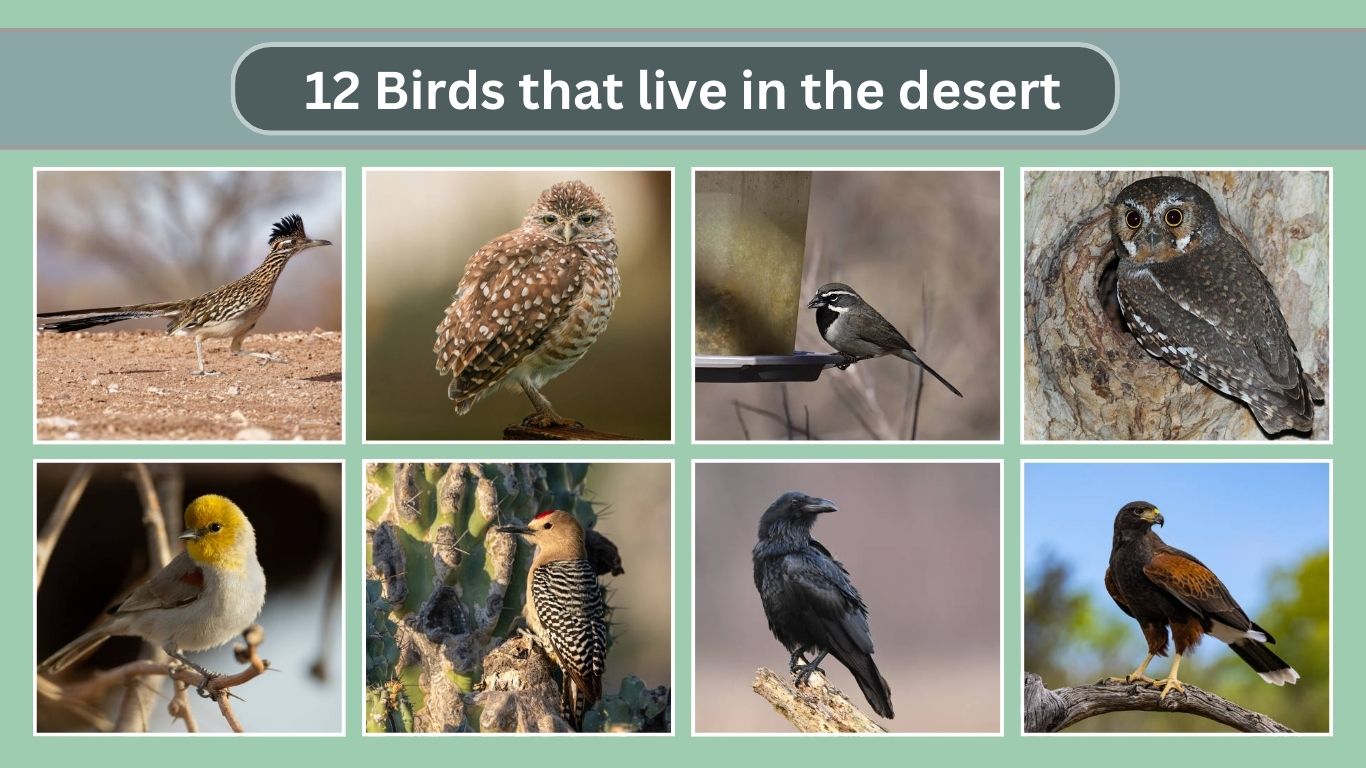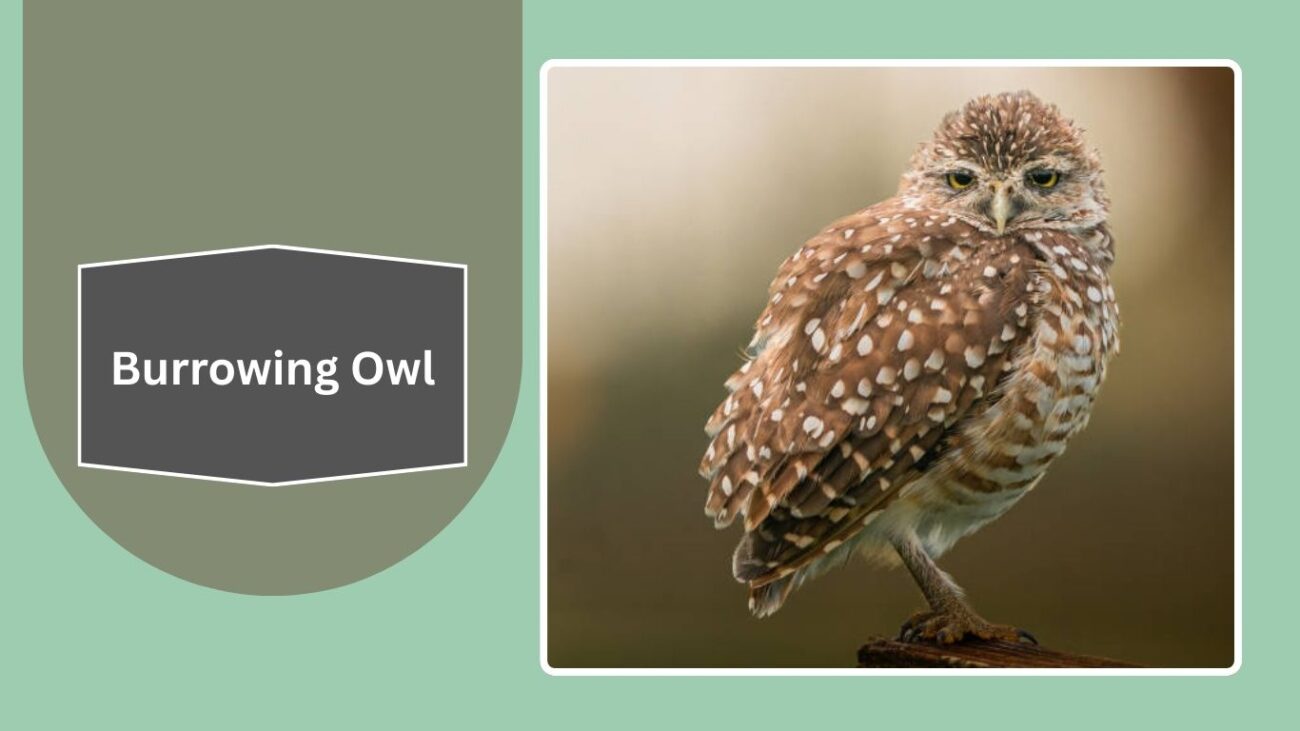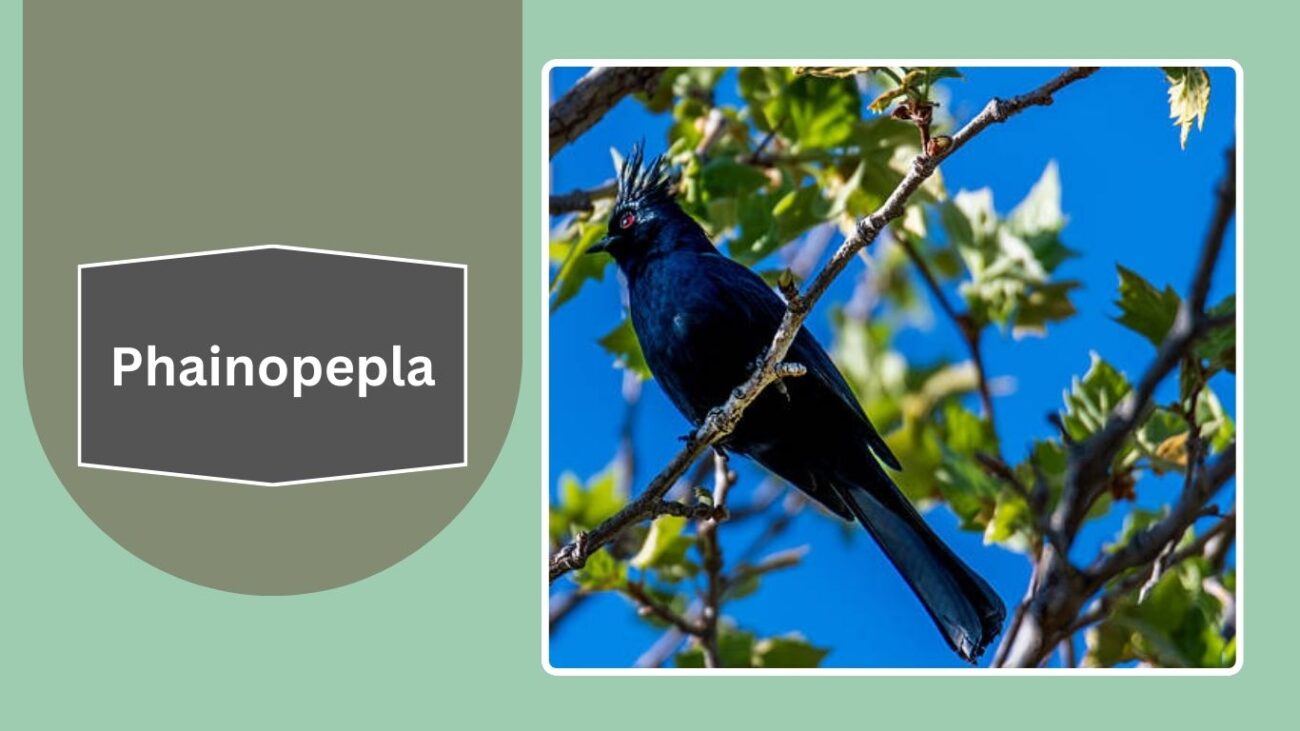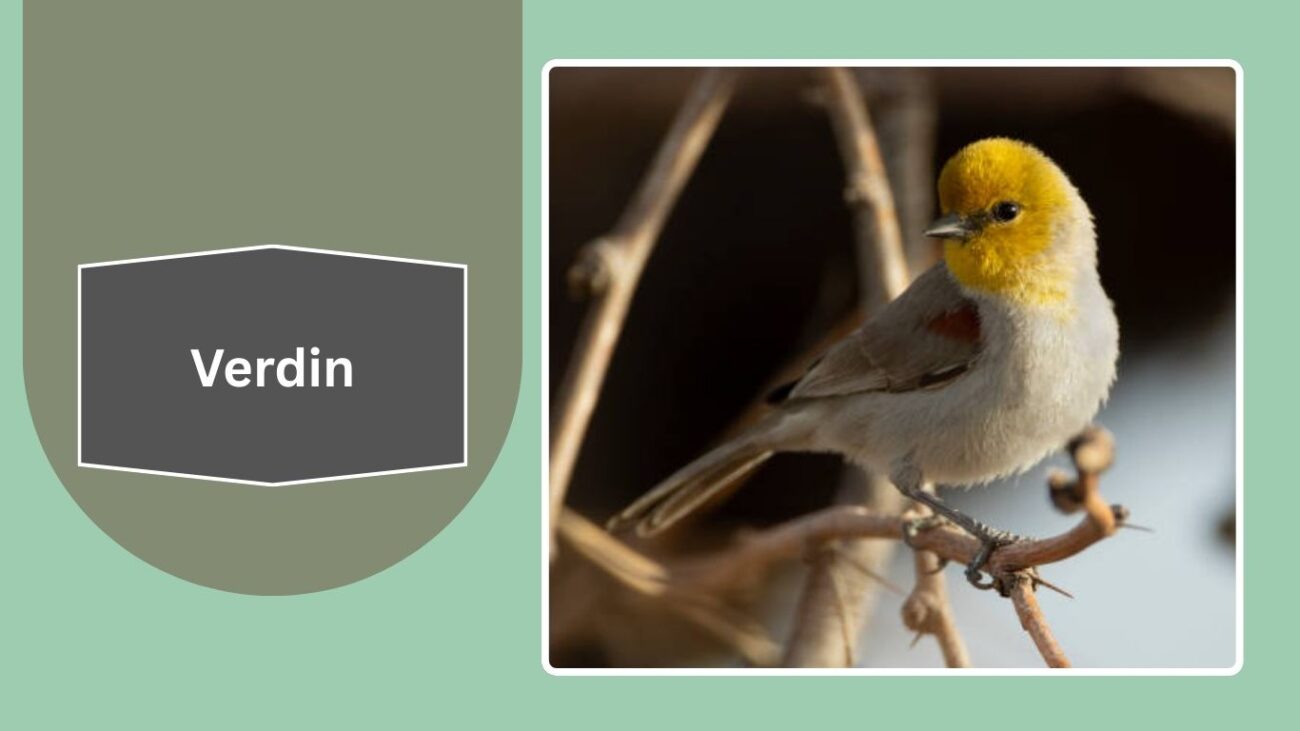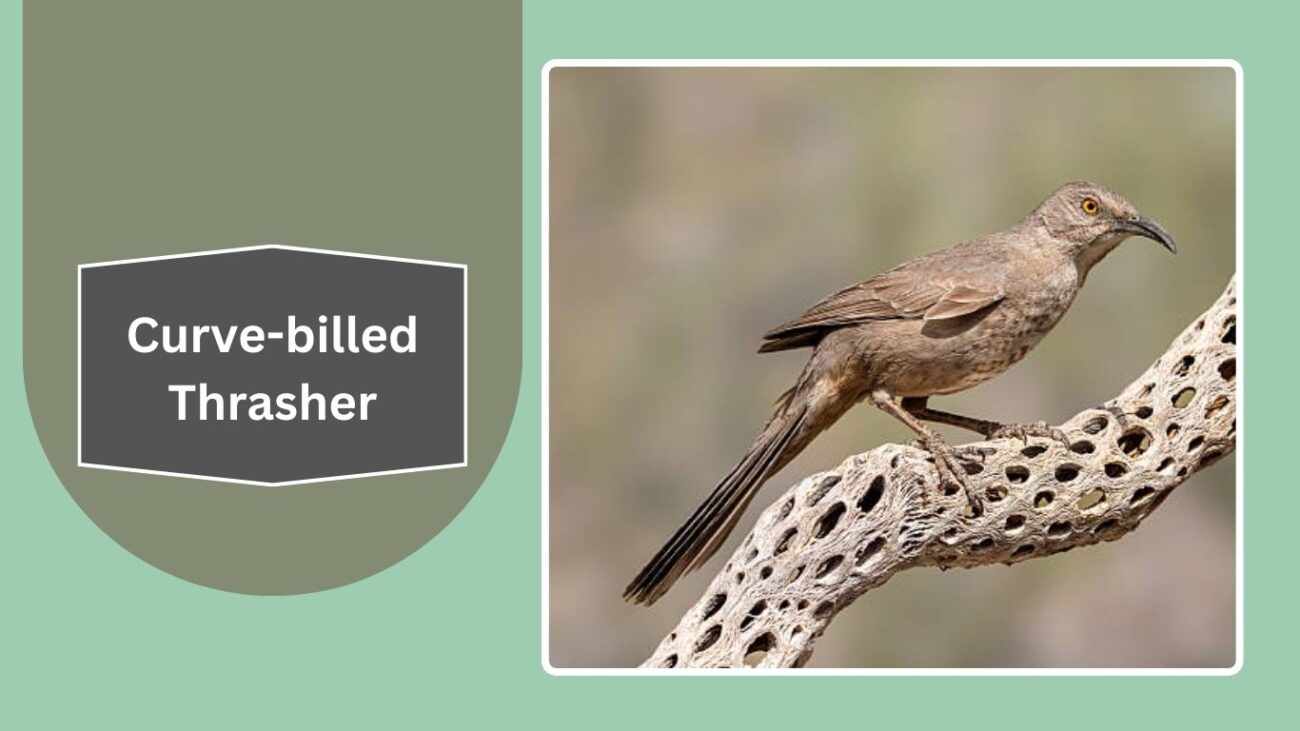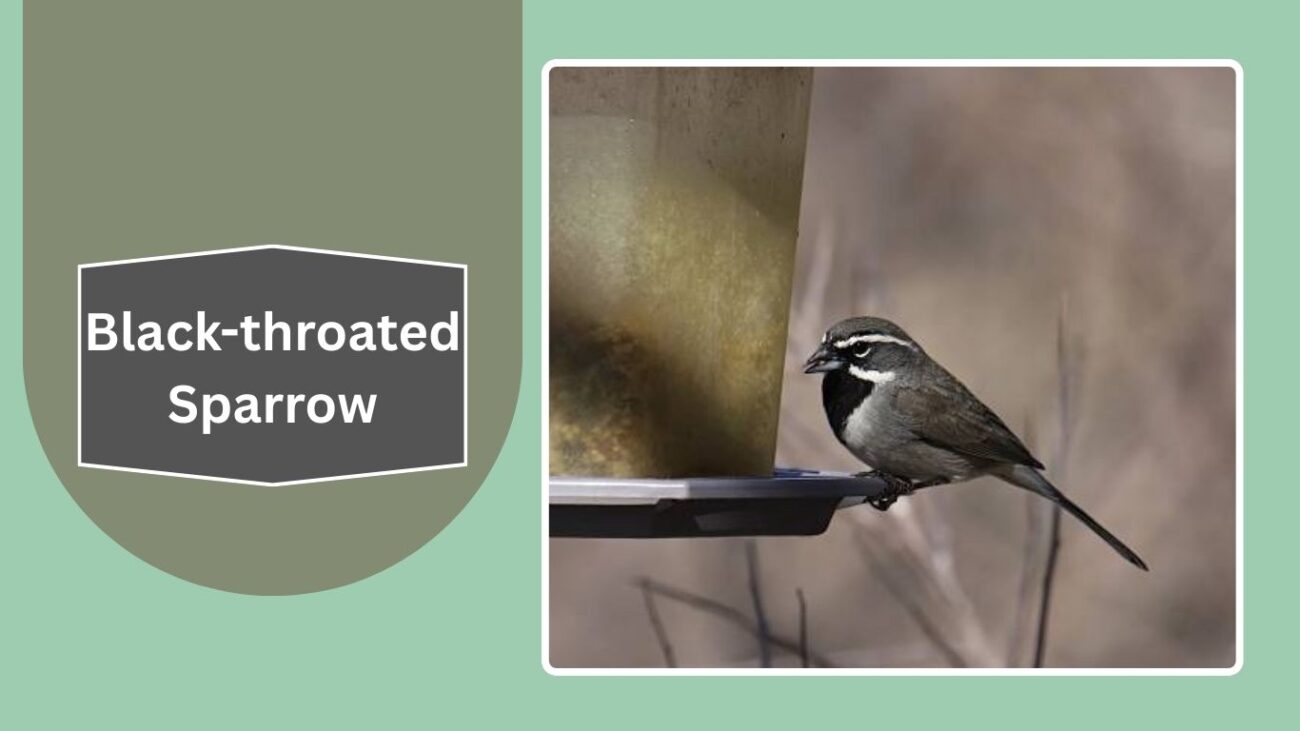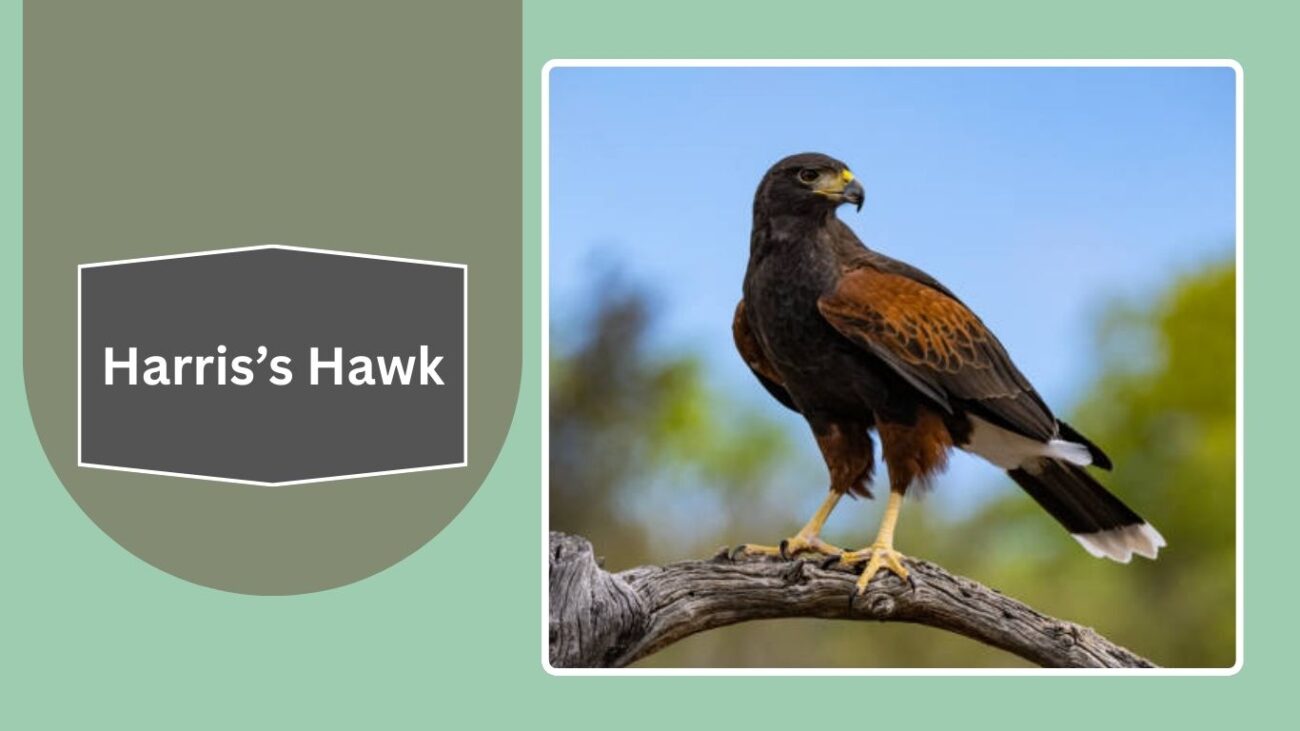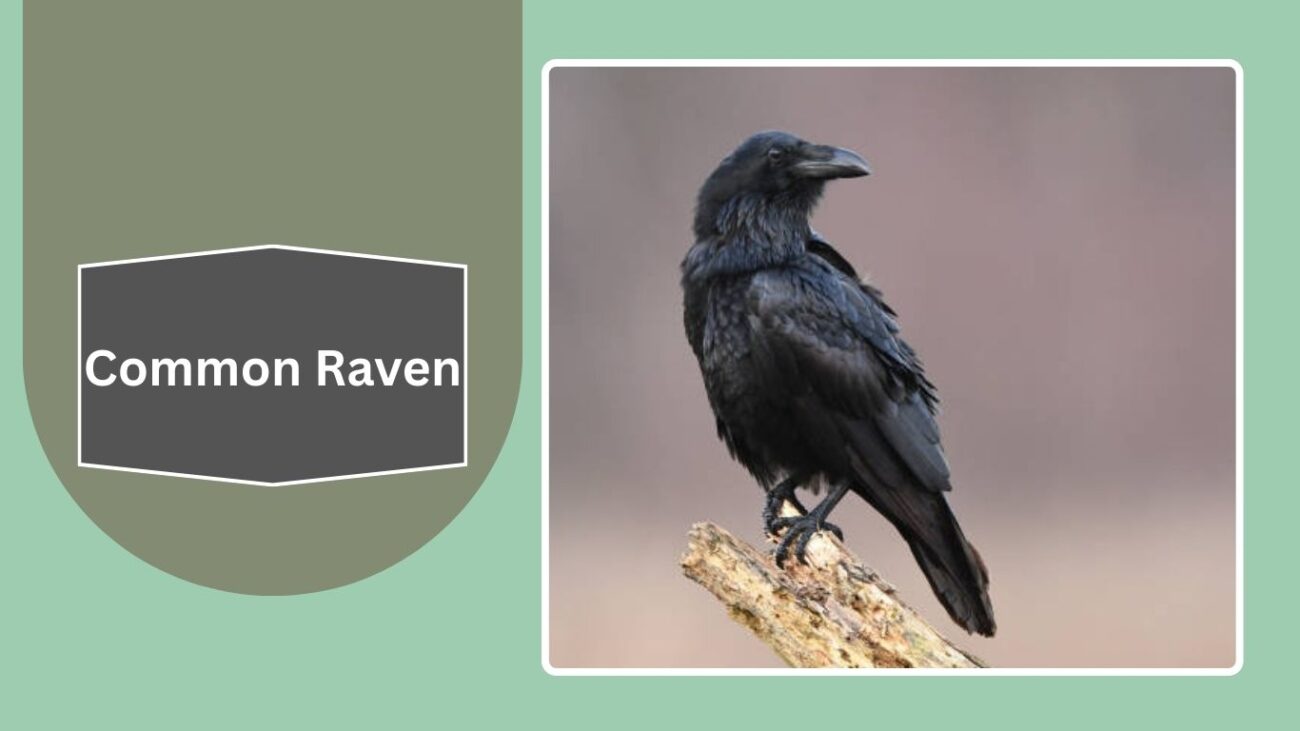Life in the desert is harsh, with scorching days, freezing nights, and scarce water. Yet, many remarkable bird species have adapted to thrive in these extreme conditions. From tiny sparrows to powerful hawks, each bird has unique traits that help it survive in arid landscapes. In this guide, you’ll discover 12 desert birds with detailed identification and behaviors, showcasing their resilience and beauty in the driest habitats.
1. Greater Roadrunner
The Greater Roadrunner (Geococcyx californianus) is one of the most iconic desert birds of North America. Known for its incredible running speed and ability to survive in harsh, arid environments, it is often spotted darting across desert roads and open landscapes in search of prey.
Identification
- Medium to large bird, about 50–61 cm (20–24 in) long
- Streaked brown and white plumage with a long tail
- Strong legs adapted for running, with zygodactyl feet (two toes forward, two back)
- Distinct head crest and a curved beak
- Patch of bare, colorful skin (blue and orange) behind the eye
Behavior
Greater Roadrunners are ground-dwelling birds that can sprint at speeds up to 20 mph (32 km/h). They are skilled hunters, feeding on insects, lizards, snakes, small mammals, and even other birds. Unlike many desert birds, they rely more on running than flying.
Habitat
They inhabit deserts, scrublands, and arid grasslands in the southwestern United States and northern Mexico. They are often seen crossing desert roads or perched on low shrubs and rocks.
Importance
The Greater Roadrunner plays a vital role in desert ecosystems as a predator, helping control populations of snakes, including venomous species, and other small animals. Its cultural significance is strong as well, often featured in Native American folklore and popular culture.
2. Cactus Wren
The Cactus Wren (Campylorhynchus brunneicapillus) is the largest wren in North America and a true desert specialist. Famous for its loud, raspy calls and remarkable nest-building skills, this bird thrives in hot, dry environments where cactus plants dominate the landscape.
Identification
- Medium-sized bird, about 18–23 cm (7–9 in) long
- Brown body with heavy white streaking
- Bold white eyebrow stripe above the eye
- Spotted breast and belly
- Long, slightly curved bill
Behavior
Cactus Wrens are energetic and noisy, often heard before they are seen. They construct large, football-shaped nests in thorny cactus plants for protection against predators. They feed mainly on insects, spiders, and occasionally fruits and seeds.
Habitat
They inhabit deserts and arid scrublands of the southwestern United States and Mexico, especially in areas with cholla and saguaro cacti. They prefer open desert habitats where cactus plants provide both food and nesting sites.
Importance
The Cactus Wren is an essential part of desert ecosystems, controlling insect populations and spreading seeds of desert plants. It is also the state bird of Arizona, symbolizing resilience and survival in harsh desert conditions.
3. Gila Woodpecker
The Gila Woodpecker (Melanerpes uropygialis) is a highly adaptable desert bird, well known for its association with saguaro cacti. Its unique nesting behavior, loud calls, and striking plumage make it a standout species in the deserts of the American Southwest.
Identification
- Medium-sized woodpecker, about 20–24 cm (8–9.5 in) long
- Tan or light brown head and underparts
- Black-and-white barred wings and back
- Males have a small red patch on the crown, absent in females
- Sturdy bill designed for drilling into cactus and wood
Behavior
Gila Woodpeckers are active and vocal birds. They often drum on hollow trees, cactus stems, or even metal surfaces to mark territory. Unlike many woodpeckers, they are skilled at excavating nest cavities in living saguaro cacti, which later provide shelter for other desert species. They feed on insects, fruits, nectar, and occasionally small vertebrates.
Habitat
This species is most common in the Sonoran Desert, ranging across Arizona, southern California, New Mexico, and northern Mexico. It prefers desert scrub, arroyos, and areas with large saguaro cacti, mesquite, or cottonwood trees.
Importance
The Gila Woodpecker is considered a “keystone species” because its nesting cavities in saguaros become vital homes for owls, kestrels, and other birds once abandoned. It plays an essential role in desert ecology by controlling insect populations and helping pollinate flowers while feeding on nectar.
4. Burrowing Owl
The Burrowing Owl (Athene cunicularia) is a small, long-legged owl uniquely adapted to life in open deserts and grasslands. Unlike most owls, it is often active during the day and prefers nesting underground, giving it a very different lifestyle compared to other owl species.
Identification
- Small owl, about 19–28 cm (7.5–11 in) tall
- Long legs and short tail
- Brown plumage with white spots
- Bright yellow eyes and distinctive white eyebrows
- No ear tufts, unlike many other owl species
Behavior
Burrowing Owls are diurnal, often hunting during daylight hours. They feed on insects, small mammals, reptiles, and occasionally small birds. True to their name, they nest in underground burrows, often taking over those made by prairie dogs, ground squirrels, or other mammals. They are known for their curious, upright posture and head-bobbing movements when alert.
Habitat
They inhabit deserts, open grasslands, scrublands, and agricultural fields across North and South America. In deserts of the southwestern United States, they are often found in sandy or open areas where burrows are available.
Importance
Burrowing Owls help control insect and rodent populations, maintaining balance in desert ecosystems. Their unusual behavior of nesting underground makes them an ecological and cultural symbol of adaptation and resilience in harsh environments. They are also considered a species of conservation concern in some regions due to habitat loss.
5. Phainopepla
The Phainopepla (Phainopepla nitens) is a sleek, glossy songbird often called the “silky flycatcher” of the desert. Its elegant appearance and soft, whistling calls make it a striking presence in arid landscapes, especially when perched atop desert trees and shrubs.
Identification
- Medium-sized bird, about 18–20 cm (7–8 in) long
- Males: shiny black plumage with a silky sheen and a tall crest
- Females: gray plumage with a crest, giving them a softer appearance
- Distinctive red eyes that stand out against dark feathers
- Slim body with long tail and slender bill
Behavior
Phainopeplas are mostly solitary or found in pairs. They are expert aerial hunters, catching insects in midair with swift, graceful movements. They also feed heavily on desert mistletoe berries, which sustain them during dry seasons. Their songs are a mix of whistles and imitations of other birds.
Habitat
They are native to the deserts of the southwestern United States and Mexico, especially the Sonoran and Mojave Deserts. They prefer areas with desert mistletoe, mesquite, or other berry-producing plants. During cooler months, they may migrate short distances in search of food.
Importance
Phainopeplas are critical seed dispersers for desert mistletoe, a keystone plant that provides food and shelter for many desert animals. Their role in the ecosystem helps maintain the delicate balance of desert plant life. They are also a favorite among birdwatchers due to their glossy beauty and unique behaviors.
6. Gambel’s Quail
The Gambel’s Quail (Callipepla gambelii) is one of the most recognizable desert birds, known for its distinctive topknot plume and its tendency to move about in family groups. Its adaptability allows it to thrive in hot, arid landscapes across the southwestern United States and northern Mexico.
Identification
- Small, plump ground bird about 24–28 cm (9.5–11 in) long
- Males: gray body with chestnut flanks, black face, and a teardrop-shaped black plume on the head
- Females: more muted gray-brown color with a smaller, less distinct plume
- Both sexes have scaled markings on the belly
- Short wings but strong legs for running
Behavior
Gambel’s Quails are ground dwellers that prefer running to flying when threatened. They live in coveys (family groups), often seen foraging together for seeds, fruits, and insects. During spring, males call loudly to attract mates, and the birds form strong family bonds, with chicks often following both parents in tight groups.
Habitat
They are abundant in the Sonoran and Mojave Deserts, inhabiting mesquite thickets, desert washes, and areas with dense shrubs that provide cover. They are also commonly seen near desert towns and gardens where food and water are available.
Importance
Gambel’s Quails are vital seed dispersers and contribute to controlling insect populations. They are also culturally significant in the American Southwest, frequently depicted in art and literature as symbols of desert life and resilience.
7. Verdin
The Verdin (Auriparus flaviceps) is a tiny songbird perfectly adapted to desert life. Despite its small size, this bird is known for its resourcefulness and ability to survive in some of the hottest, driest regions of North America. Its bright yellow face makes it easy to recognize against the muted desert landscape.
Identification
- Very small bird, about 10–11 cm (4 in) long
- Gray body with a distinct bright yellow head and throat
- Small, sharp bill suited for feeding on insects and nectar
- Juveniles are duller in color, lacking the bright yellow tones
- Long tail for balance when moving through shrubs
Behavior
Verdins are active and restless, constantly flitting through desert shrubs and trees in search of food. They primarily feed on insects, spiders, and nectar, often visiting desert flowers. Known for their impressive nest-building, they construct large, globular nests from twigs and grass, which are used for both breeding and shelter from the desert heat.
Habitat
They are found in the deserts of the southwestern United States and northern Mexico, particularly the Sonoran and Chihuahuan Deserts. Verdins prefer areas with mesquite, acacia, and other thorny desert shrubs.
Importance
Verdins play a key role in desert ecosystems by controlling insect populations and pollinating flowers while feeding on nectar. Their nesting behavior also provides habitat for other small creatures once abandoned.
8. Curve-billed Thrasher
The Curve-billed Thrasher (Toxostoma curvirostre) is a hardy desert songbird best known for its distinctive long, down-curved bill and loud, whistling call. Often seen darting through desert shrubs or perched on cacti, it is one of the most common thrashers in arid landscapes.
Identification
- Medium-sized bird, about 25–28 cm (10–11 in) long
- Grayish-brown plumage with faint spots on the breast
- Long, slightly rounded tail
- Bright orange-yellow eyes
- Long, curved black bill adapted for digging in soil and leaf litter
Behavior
Curve-billed Thrashers are ground foragers, using their curved bills to dig for insects, seeds, and fruits. They are also aggressive defenders of their nests and territories. Their song is a series of loud, sharp whistles, often heard across desert washes and neighborhoods.
Habitat
They are widespread across the deserts of the southwestern United States and Mexico, including the Sonoran and Chihuahuan Deserts. They favor areas with prickly pear, cholla cactus, and mesquite, where they nest and forage for food.
Importance
This thrasher is vital in seed dispersal and insect population control within desert ecosystems. Its adaptability also makes it a familiar bird in suburban desert communities, where it thrives in gardens and landscaped yards.
9. Black-throated Sparrow
The Black-throated Sparrow (Amphispiza bilineata) is often called the “desert sparrow” because of its strong association with arid landscapes. With its striking facial markings and melodic song, it is considered one of the most beautiful sparrows in North America.
Identification
- Small bird, about 13–14 cm (5–5.5 in) long
- Pale gray body with white underparts
- Distinctive black throat patch
- White eyebrow stripe and black eye-line creating a bold facial pattern
- Short, conical bill adapted for seed eating
Behavior
Black-throated Sparrows are ground feeders, foraging for seeds, insects, and small fruits. During breeding season, males perch on shrubs or cacti to deliver their sweet, musical songs. They are adapted to survive in extreme desert conditions, requiring little water as they obtain moisture from their food.
Habitat
They are found in the deserts of the southwestern United States and northern Mexico, particularly in the Sonoran and Mojave Deserts. They prefer open desert scrub with scattered bushes and cacti.
Importance
This sparrow contributes to seed dispersal and insect control in desert ecosystems. Its resilience and beauty make it a favorite among desert birdwatchers, symbolizing survival in harsh conditions.
10. Harris’s Hawk
The Harris’s Hawk (Parabuteo unicinctus) is a powerful raptor of desert regions, unique for its cooperative hunting behavior. Unlike most hawks, Harris’s Hawks often hunt in family groups, displaying teamwork that allows them to take down larger prey than they could alone.
Identification
- Medium to large hawk, about 46–59 cm (18–23 in) long
- Dark brown body with reddish shoulders and thighs
- Long tail with a white tip and white base visible in flight
- Yellow legs and cere (the skin above the beak)
- Strong, hooked beak suited for tearing prey
Behavior
Harris’s Hawks are highly social birds of prey, often hunting in packs of 2–6 individuals. They feed on rabbits, rodents, reptiles, and birds. Their group strategy involves flushing prey toward other hawks or taking turns striking, an uncommon trait among raptors. They are also intelligent and easily trained, which has made them popular in falconry.
Habitat
They inhabit arid and semi-arid regions of the southwestern United States, Mexico, and South America. In deserts, they are often seen perched on tall cacti, utility poles, or mesquite trees, scanning the ground for prey.
Importance
Harris’s Hawks are apex predators in desert ecosystems, keeping populations of small mammals and reptiles in check. Their cooperative hunting makes them a symbol of teamwork and adaptability, fascinating scientists and bird enthusiasts alike.
11. Elf Owl
The Elf Owl (Micrathene whitneyi) is the smallest owl in the world, perfectly adapted to desert life. Despite its tiny size, it is a skilled nocturnal hunter, using stealth and agility to survive in harsh desert environments.
Identification
- Very small owl, about 12–14 cm (4.5–5.5 in) tall
- Brownish-gray plumage with fine streaks for camouflage
- Large yellow eyes and a rounded head without ear tufts
- Short tail and compact body
- Lightweight, often compared to the size of a sparrow
Behavior
Elf Owls are strictly nocturnal, hunting at night for insects, spiders, scorpions, and occasionally small vertebrates. They are cavity nesters, often using abandoned holes in saguaro cacti or woodpecker-dug cavities. When threatened, they may feign death or flatten themselves against tree bark for concealment.
Habitat
They inhabit deserts of the southwestern United States and Mexico, particularly the Sonoran Desert. Their preferred nesting sites are in saguaro cacti and desert trees like mesquite. They migrate seasonally, spending winters further south in Mexico.
Importance
Elf Owls play an important role in controlling insect and arthropod populations in desert ecosystems. Their tiny size and unique lifestyle make them a fascinating desert species, often beloved by birdwatchers and naturalists.
12. Common Raven
The Common Raven (Corvus corax) is one of the most intelligent and adaptable birds in the world, thriving even in the harsh conditions of deserts. Its problem-solving skills, complex communication, and remarkable survival strategies make it a dominant presence across arid landscapes.
Identification
- Large bird, about 56–69 cm (22–27 in) long with a wingspan up to 1.2 m (4 ft)
- Glossy black plumage with iridescent sheen in sunlight
- Thick, heavy bill and shaggy throat feathers
- Long, wedge-shaped tail visible in flight
- Deep, resonant croaking call
Behavior
Ravens are opportunistic omnivores, feeding on insects, small animals, carrion, fruits, seeds, and human food scraps. They are known for their intelligence, tool use, and playful behavior, such as sliding on snow or riding air currents. Socially, they form pairs or small groups, and their vocal repertoire includes dozens of sounds for communication.
Habitat
They are widespread across deserts, mountains, forests, and coastal regions of the Northern Hemisphere. In deserts, they thrive in open scrublands, rocky canyons, and near human settlements where food is abundant.
Importance
Ravens are crucial scavengers in desert ecosystems, helping clean up carrion and recycle nutrients. They are also culturally significant, featuring in myths and legends of many indigenous cultures as symbols of intelligence, trickery, and transformation.

